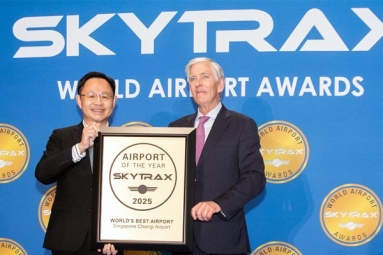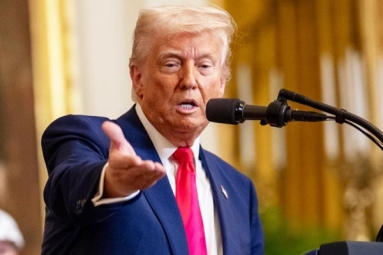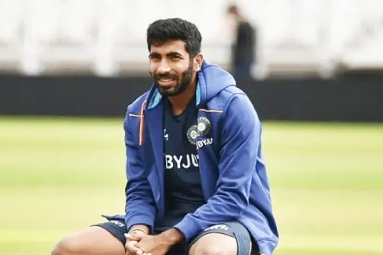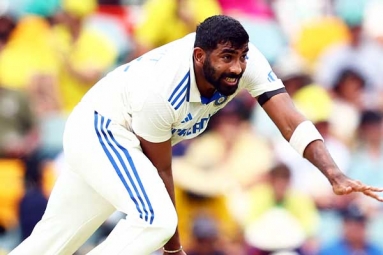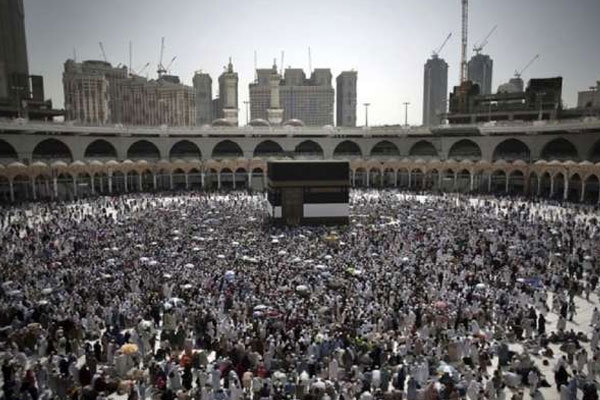
(Image source from: indiatvnews.com)
Haj, or the annual Islamic pilgrimage that Muslims embark on to Mecca, is likely going to not happen in the scale that it normally does. The event lasts for 5-6 days and Muslims from across the world visit this holy place.
But, with the Covid-19 pandemic impacting the world, Saudi Arabia has decided to limit numbers of the annual Haj pilgrimage to further prevent the spread of the virus in the country, which has already topped 100,000.
Around 2.5 million Muslims from across the world visit Haj every year to Mecca and Medina, which is considered a once-in a lifetime duty for every able-bodied Muslim who can afford to pay the expenses.
According to the official data, Haj and the year-round Umrah pilgrimage earn the kingdom over $12 billion every single year.
Not just that, Saudi Arabia has even asked the Muslims right before in March to put their Haj plans on hold and might be suspended until further notice.
A few sources have further reported that the authorities in the country are now considering allowing “only symbolic numbers” with accessory ban on several factors along with a mandatory health check-up as well.
With the stricter guidelines and safety protocols, the authorities believe that they would be able to allow around 20% of the original number of people to come for Haj. The 20% is of the regular quota of pilgrims of each country.
But there have been further reports that suggest that some officials are still asking for complete cancellation of Haj pilgrimage this year.
Saudi Arabia cancelled international flight movements in March and later reimposed a new curfew on Jeddah because of the rising rate of infection in the province.
Just the year before in 2019, over 19 million people attended Umrah while 2.3 million people came around for Haj pilgrimage.
As per the economic reform plan suggested by Crown Prince Mohammed bin Salman, they are likely going to increase the umrah and haj capacity to 30 million pilgrims annually to help generate a revenue of $13.32 billion every year.
By Somapika Dutta



